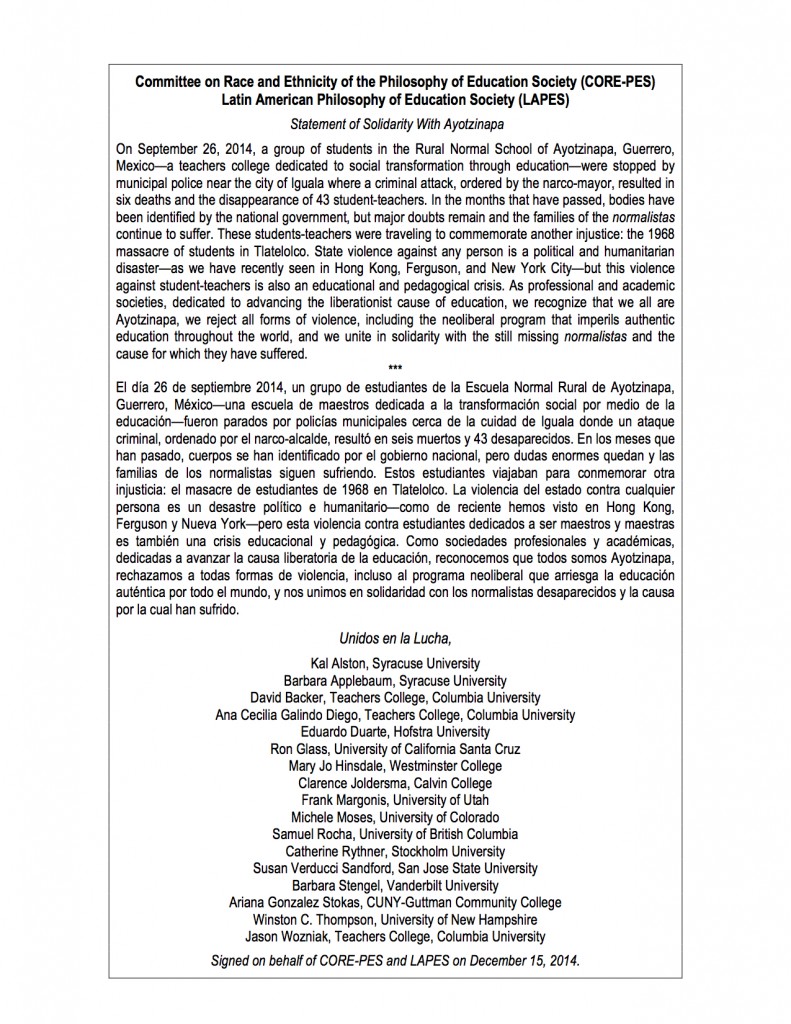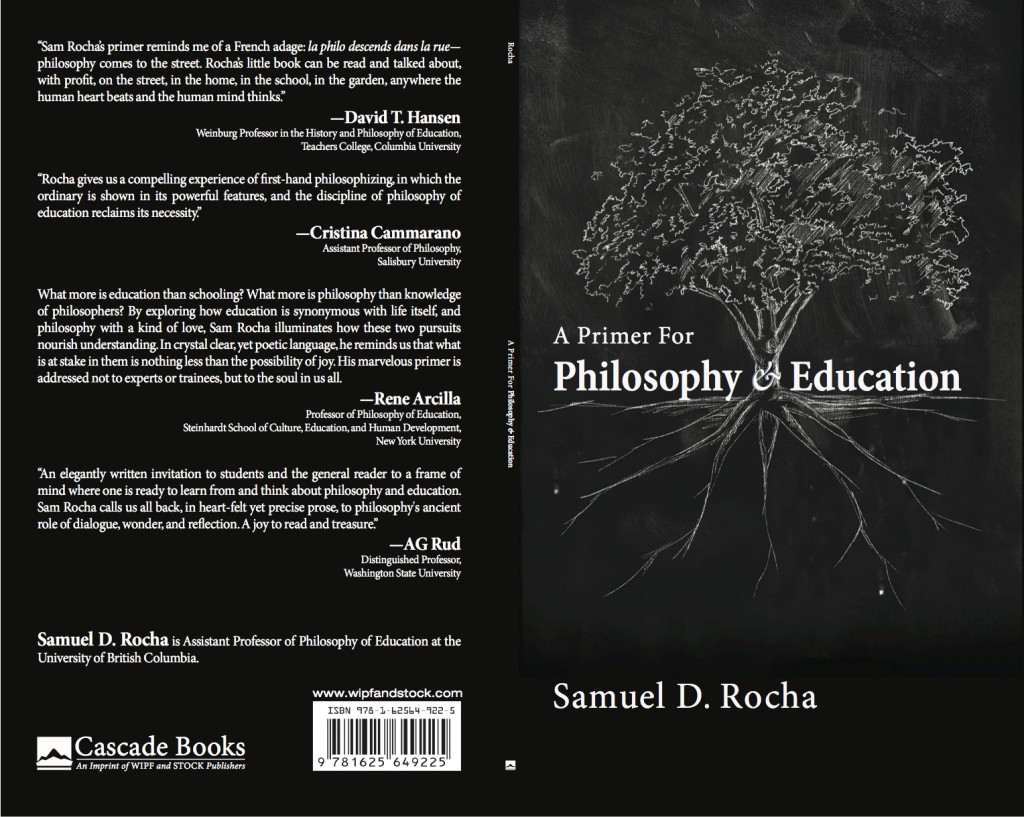
In the secular liturgical cycle of the American year, two seasonal certainties stand out: going to school and filing taxes. In the late summer and early fall, we send our children to school under penalty of law. (Even students at charter, private, or home schools are still under the same structural authority, leveraged by truancy laws, as those who attend public schools.) In the late winter and early spring, we file taxes under similar legal compulsion.
We all know that truancy and tax evasion are both against the law, yet, for some reason, compulsory taxation is a subject of perennial debate while compulsory schooling is not. Could it be that we value our money more than our children?
In the United States, we have a variety of publicly funded places with educational aspirations. While schools may be the first to come to mind, other places exist too: libraries, museums, parks, and zoos. (Prisons could also be included on this list.) The public nature of these educational sites is, in many respects, determined by their open accessibility, most notably by being free of charge, or at least very affordable. This is most visible in free admission. Entrance, then, is what we often think about when we consider public places, institutions, and services. If a person can enter for free, made possible by public funding, then we call the place being entered “public.”
When we look to the other side of an entrance—an exit—we see a fuller picture. Consider the difference between “public” schools and “public” libraries: while both of these places are “public” in the sense of being “free” to enter or enroll, they differ in this respect: school attendees are not free to exit on their own terms. (Anyone who has been caught trying to skip class surely knows this all too well!) Public schools are free to enter in the sense of being open to the public in the way that libraries are but they are also not free because, unlike public libraries, exiting a public school is highly restricted. Public schools are free in the sense of being free of charge, but they are not free in the sense of being free to come and go as one pleases.
Any restriction is a form of punishment that requires justification but punishment alone is not a good reason for alarm. Prisoners are certainly restricted in jail and some disgruntled teenagers might feel jailed in school— like desert travelers trapped at the Hotel California—but perhaps there is good reason for both.
The simplest defense would be that students, like prisoners, are restricted for their own good and the betterment of society. But students are unlike prisoners in three crucial ways: first, prior to incarceration, prisoners have control over their own freedom, custodians or guardians are not relevant to imprisonment; second, a juridical process justifies imprisonment that does not exist for school attendance; third, an entire society is not required to serve prison sentences whereas compulsory schooling is universal. Schools are not jails; they do not restrict in the same ways.
Compulsory schooling and preventative war is a better comparison.
If you are interested in this comparison, treated at some length in an academic article, feel free to request a free copy of it from me. Here is the abstract.
You may also be interested in reading my short book, A Primer for Philosophy and Education, where I present a positive alternative view of what education (as opposed to schooling) truly is and is not, and/or this article I published at First Things last year, “A Curriculum of Life.”
If you want to read more on this theme of schooling and education, please let me know. I have much more to add, but also don’t want to bore you all with this obsession I have.











